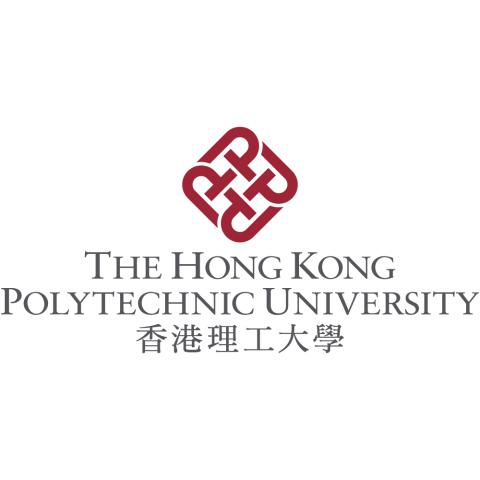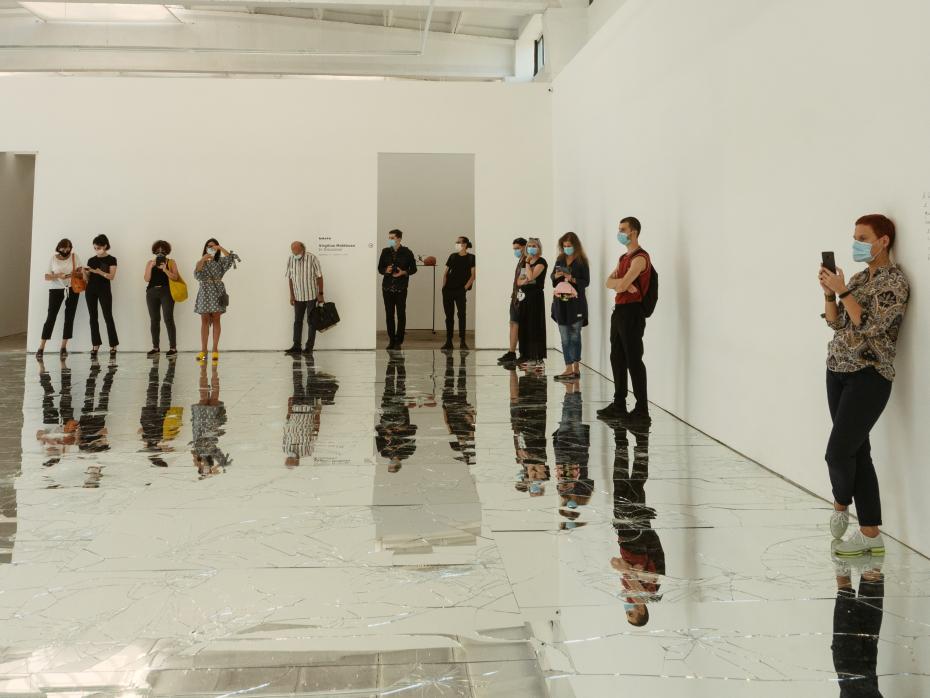
Make interdisciplinary research accessible to everyone
Interdisciplinarity
Sponsored by

Advice for bringing together multiple academic disciplines into one project or approach, examples of interdisciplinary collaboration done well and how to put interdisciplinarity into practice in research, teaching, leadership and impact
Making interdisciplinary innovation accessible to all – not only researchers but the wider community – can help raise social awareness of the concept of interdisciplinarity, cultivate an interdisciplinary mindset within the community in navigating real-world problems and, more importantly, inspire interdisciplinary actions to tackle these issues. To this end, the PolyU Academy for Interdisciplinary Research (PAIR) is launching a new initiative, the PAIR Advanced Education Programme. Through the programme, we offer short courses on topics of importance to members of the public. Our very first course, Healthy Life and Smart Living, will start this September. Our major consideration in course planning is a multifaceted, interesting and inclusive curriculum, with interdisciplinary collaboration embedded from the start.
For example, our first course aims to take students on a 13-week learning journey to explore a broad range of key areas that are crucial for good health and well-being. In our educational strategic planning, we engaged related PAIR constituent research institutes/centres with health expertise to design and deliver course modules to add a diversity of knowledge to the course.
- How to achieve interdisciplinary research? Focus on the people
- Interdisciplinarity makes us greater than the sum of our parts
- It’s crucial for universities to bridge the ‘town and gown’ divide
Our course developers carefully chose topics such as food, sports, ageing, mental health, eye diseases and Chinese medicine, all of which are closely related to everyday living. They integrated a mix of learning activities such as presentations, discussions and case studies. The content is carefully tailored to the public, not requiring learners to have relevant background knowledge, and anyone with a higher degree can enrol. Rather than delving into the scientific details, our lecturers guide learners in understanding the overall landscape of some of the world’s pressing problems. They introduce them to innovations that aim to tackle these issues, as well as challenges that lie ahead.
Below are six modules covered in the first course. Each module spans two weeks and represents a distinct subject area.
Food and nutrition | Research Institute for Future Food
- Modern, efficient production methods for healthy foods
- Harvesting beneficial health effects of natural foods
Sports | Research Institute for Sports Science and Technology
- Latest advancements in sports science and technologies
- Health benefits of running for chronic disease prevention
Smart ageing | Research Institute for Smart Ageing
- Technological advancements for smart ageing
- Innovations for smart and healthy ageing
Mental health | Mental Health Research Centre
- Translational neuroscience of mental health: neuroimaging and neuroendocrinology
- Fostering healthy living and minds through tech – opportunities in research and their application
Sharp vision | Research Centre for SHARP Vision
- Development and adoption of innovative treatments for myopia control
- AI development and applications for eye diseases
Chinese medicine | Research Centre for Chinese Medicine Innovation
- Challenges and opportunities for Chinese medicine research and development
- Traditional Chinese medicine technological advancements
In this way, our course is suitable for individuals who wish to broaden their knowledge of interdisciplinary science and understand recent developments in science and technology. More importantly, students will find the course content personally meaningful and emotionally engaging, and the course format participatory and interactive. This positive learning atmosphere is crucial for boosting their deeper understanding and appreciation of the interdisciplinary nature of public health and interdisciplinary approach to health promotion – a lasting impact we want to create through the programme.
To make interdisciplinary sci-tech learning truly for all, we offer the short course in dual mode, allowing students to choose to attend classes in person or online, as well as learners from Hong Kong and abroad to join. Our first course is provided free of charge. Learners fulfilling attendance requirements may also apply for a certificate of completion. We are currently working with professional regulatory bodies in Hong Kong on having the course evaluated and accredited.
Since the launch of the first course, we’ve seen the quota for physical class attendance fill up quickly, while the quota for online class attendance is still available on a first-come, first-served basis. This enthusiastic response truly reflects the keen demand for interdisciplinary educational offerings, as well as the effectiveness of our combined measures – from course design, content and pedagogy to delivery model, target audience, certificate and professional recognition.
Aside from health, urban sustainability is a theme we consider important. We’re now developing another short course, Sustainable City, which explores how disciplines such as urban informatics, energy, land and space, urban development and resources engineering are involved in designing and empowering cities to be more efficient, resilient and environmentally responsible.
Science is for everyone. The mission of research institutes is not necessarily confined to conducting research, and can include other facets, including education and community engagement. For university-level research platforms, it is important that we go beyond research and integrate other strategies, such as education initiatives in research development. By doing so, we can enhance the public’s access to interdisciplinary research and cultivate a societal culture in which interdisciplinary research is embraced and valued.
Qingyan Chen is director of the PolyU Academy for Interdisciplinary Research (PAIR) at the Hong Kong Polytechnic University (PolyU).
If you’d like advice and insight from academics and university staff delivered direct to your inbox each week, sign up for the Campus newsletter.
Interdisciplinarity
Sponsored by
Advice for bringing together multiple academic disciplines into one project or approach, examples of interdisciplinary collaboration done well and how to put interdisciplinarity into practice in research, teaching, leadership and impact
Additional Links
For course enrolment or details, see https://www.polyu.edu.hk/pair/education/course/pair-6001-healthy-life-and-smart-living.
Interdisciplinarity
Sponsored by




